What is the difference between a prime power generator and a continuous power generator?
Selecting the right diesel generator is crucial for the efficiency and reliability of your operations. Two common power ratings often discussed are Prime Power and Continuous Power. Understanding the difference between them is essential to avoid operational failures, reduce maintenance costs, and ensure the longevity of your equipment. For applications requiring non-stop operation, continuous power gensets are the industry standard, designed specifically for relentless performance under sustained loads.

Defining Prime Power and Continuous Power
Prime Power (PRP): This rating refers to the maximum power output a generator can deliver for an unlimited number of hours per year under a variable load. However, it allows for an average load factor of 70% over 24 hours and permits a 10% overload capability for limited durations (up to 500 hours annually)27. It is ideal for situations where the generator is the primary source of power in off-grid applications or sites with unreliable grid connections.
Continuous Power (COP): This rating indicates the maximum power a generator can produce 24/7 under a constant 100% load without any overload capability for an unlimited number of hours per year27. Generators with this rating, often referred to as continuous power gensets, are engineered for uninterrupted operation and are fundamental to critical infrastructure where any power disruption is not an option.
Key Differences in Design and Application
The core difference lies in their design philosophy and operational limits:
Aspect | Prime Power (PRP) | Continuous Power (COP) |
|---|---|---|
Load Profile | Variable load; average output ≤70% of PRP over 24 hours | Constant, steady load at 100% of rated output |
Overload Capability | Yes (10% for up to 500 hrs/year) | No |
Annual Usage | Unlimited hours | Unlimited hours |
Design Focus | Balance between durability, fuel efficiency, and flexibility | Maximum durability, superior cooling, and robust components for 24/7 operation |
Prime Power Applications: Commonly used for:
Construction sites
Agricultural operations
Mining camps (as primary power)
Events and festivals
Continuous Power Applications: Essential for:
Data centers
Hospitals and healthcare facilities
Telecommunications infrastructure
Industrial plants with continuous processes
Water treatment facilities
For these critical applications, continuous power gensets are the mandatory choice due to their unwavering reliability.
Why Continuous Power Gensets Are Essential for Critical Operations
Choosing a generator rated for continuous power is not a luxury but a necessity for mission-critical operations. Here’s why continuous power gensets are indispensable:
Unmatched Reliability: They are built with heavy-duty components, such as reinforced engines, advanced cooling systems (with larger radiators and higher fan power), and corrosion-resistant materials, ensuring stable operation around the clock.
Operational Certainty: With no need for overload capacity, these gensets are optimized to deliver consistent power at 100% load, eliminating the risk of unexpected downtime that could result in massive financial losses or safety hazards.
Long-Term Cost Efficiency: While the initial investment might be higher than prime power units, their design for perpetual operation leads to lower maintenance costs and a longer operational lifespan, providing a better return on investment for continuous applications.
Choosing the Right Generator for Your Needs
Selecting between prime and continuous power depends entirely on your operational profile. Ask these critical questions:
What is the Load Characteristic? Is your load variable with peaks and valleys (favoring PRP), or is it constant and stable (requiring COP)?
What is the Runtime Requirement? Will the generator run for extended shifts (e.g., 12 hours/day) or 24/7 without interruption?
Is Overload Capacity Needed? Do you anticipate needing short bursts of power beyond the generator's rated output for starting large motors?
Critical Rule: Never use a standby or prime power-rated generator for continuous 24/7 operation. Its design cannot handle the thermal and mechanical stress, leading to premature failure and voiding warranties2. For true uninterrupted power, investing in continuous power gensets is the only safe and reliable option.
Conclusion
The choice between a prime power and a continuous power generator is a fundamental decision that impacts your operational resilience, safety, and total cost of ownership. Prime power generators offer flexibility for variable load applications as a primary source, while continuous power generators are the workhorses designed for relentless, stable, and reliable 24/7 operation. For critical infrastructure and industries where downtime is not an option, continuous power gensets are the unequivocal solution.
Partner with JLMECH for Your Power Needs
At JLMECH, we possess deep expertise in power generation solutions and an unwavering commitment to quality. We understand that selecting the right generator is paramount to your project's success. Our expert team is ready to help you navigate these specifications and choose the most suitable generator for your specific requirements.
We offer:
Customized power solutions tailored to your operational needs.
Generators engineered for durability, efficiency, and ease of maintenance.
Comprehensive support from selection and installation to ongoing service.
Reach out to our specialists for a free consultation and a detailed quotation. Let us help you ensure uninterrupted power for your operations.
Email: skala@whjlmech.com
References
International Organization for Standardization. (2022). ISO 8528-1:2022 - Rotary diesel generating sets - Part 1: Application, ratings and performance.
U.S. Department of Energy. (2021). Best Practices for Diesel Power Generation in Industrial Applications. DOE Technical Reports.
Roberts, S., & Nielsen, T. (2022). The True Cost of Power Interruptions in Large-Scale Mining. Resources Policy, 75, 101521.
MacDonald, L. (2022). Power System Design for Remote Mining Sites. Mining Engineering Journal, 34(4), 56-67.
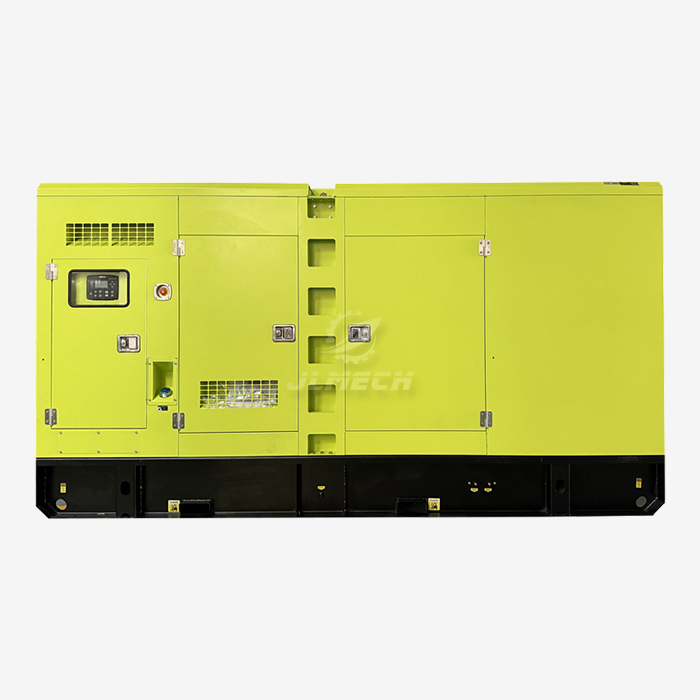 VIEW MORECustomized 100KW diesel generator
VIEW MORECustomized 100KW diesel generator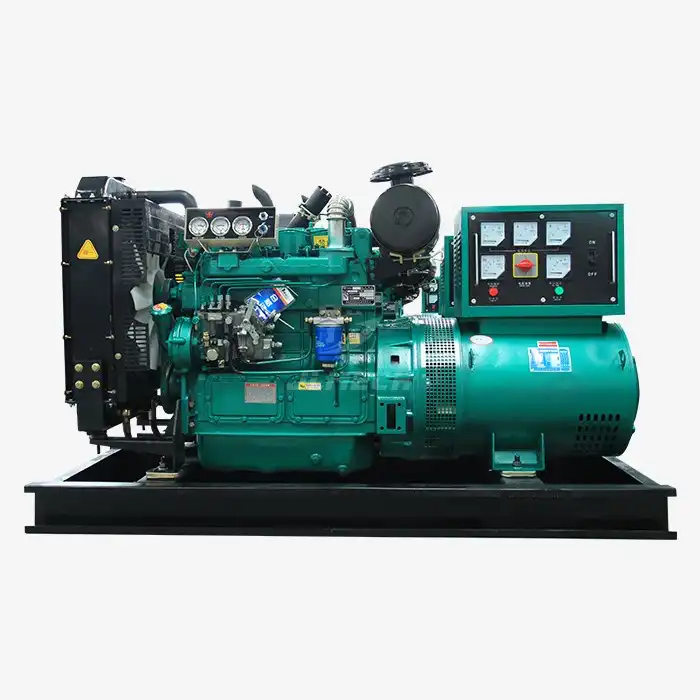 VIEW MORE40kVA Open Diesel Generator
VIEW MORE40kVA Open Diesel Generator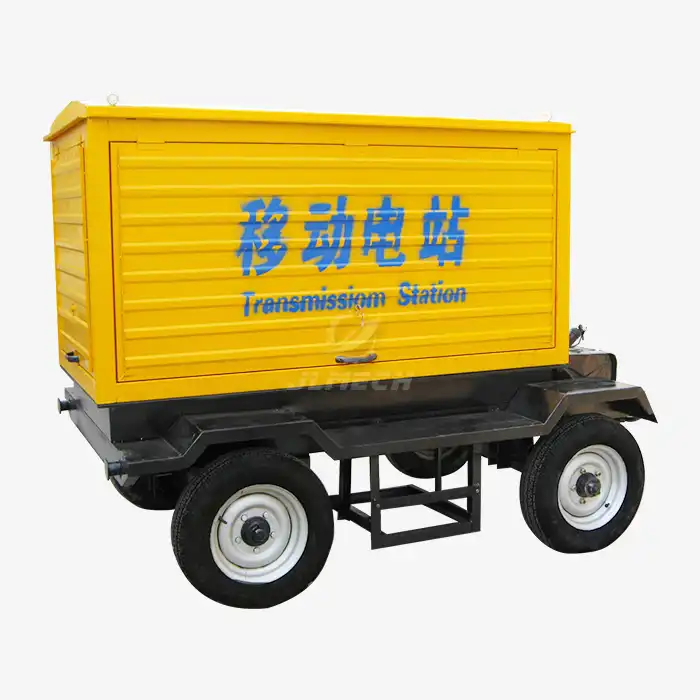 VIEW MOREPortable outdoor diesel generator
VIEW MOREPortable outdoor diesel generator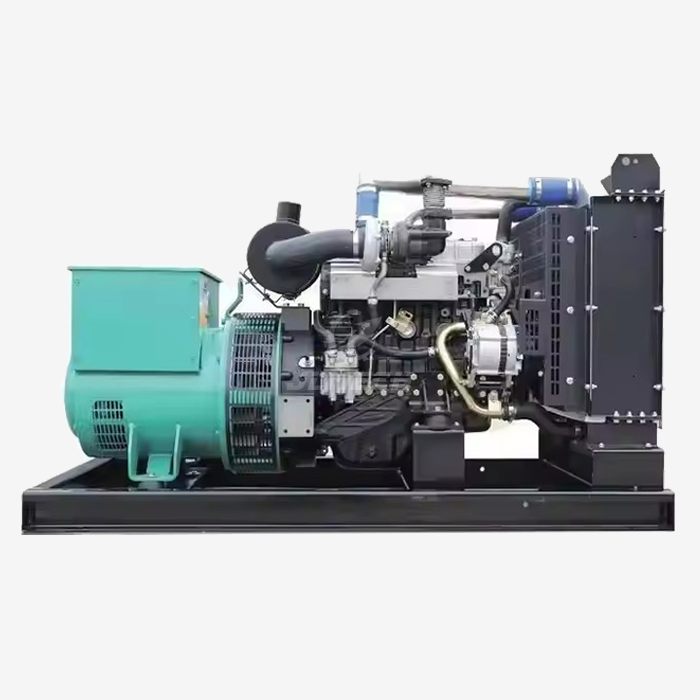 VIEW MOREkubota diesel generator 35kw
VIEW MOREkubota diesel generator 35kw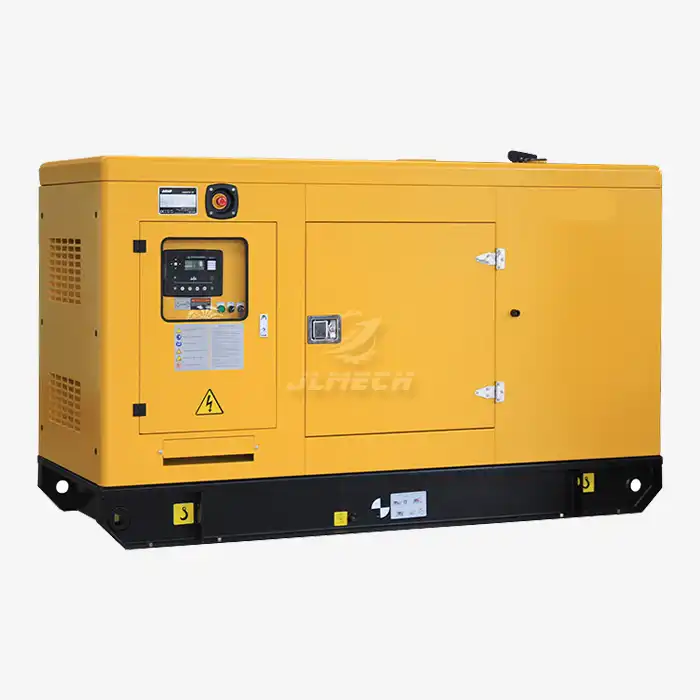 VIEW MORE48 volt dc diesel generator water cooled
VIEW MORE48 volt dc diesel generator water cooled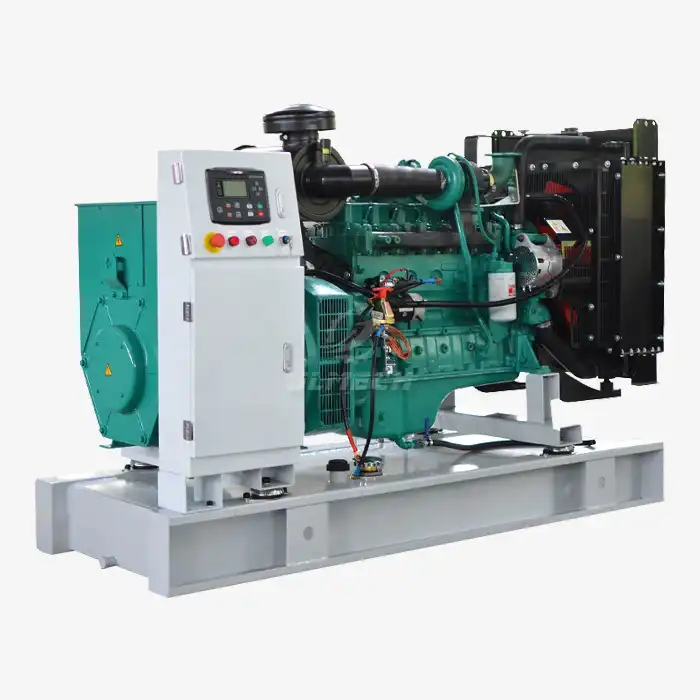 VIEW MOREweichai diesel power generator
VIEW MOREweichai diesel power generator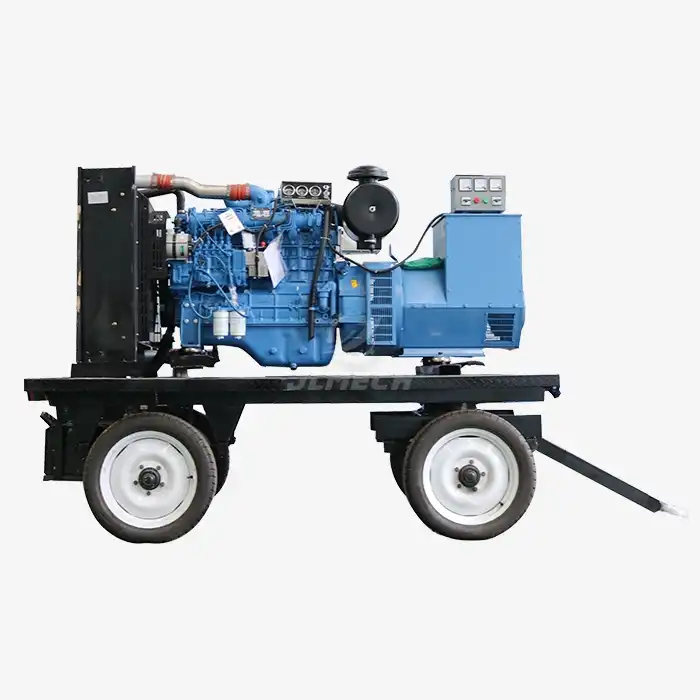 VIEW MOREopen type diesel generator with wheels
VIEW MOREopen type diesel generator with wheels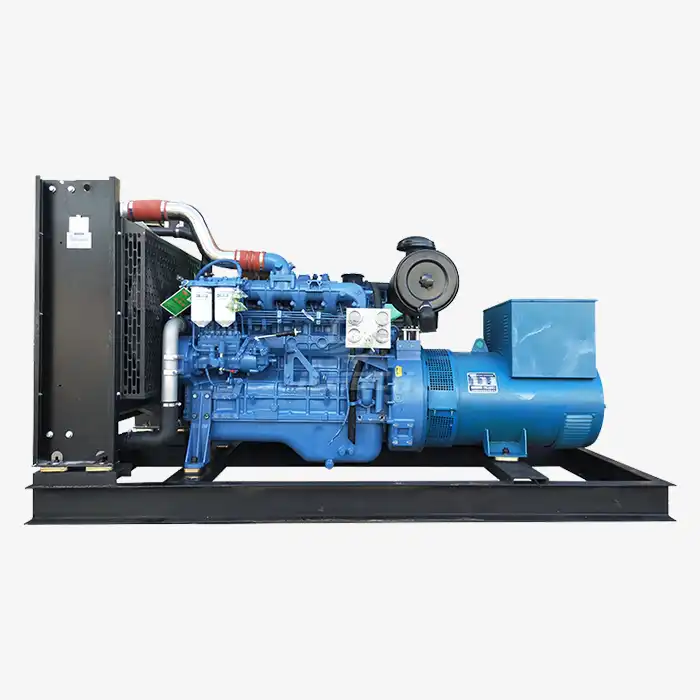 VIEW MOREdiesel generators yuchai 62 kva
VIEW MOREdiesel generators yuchai 62 kva



